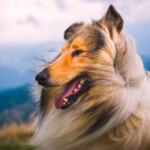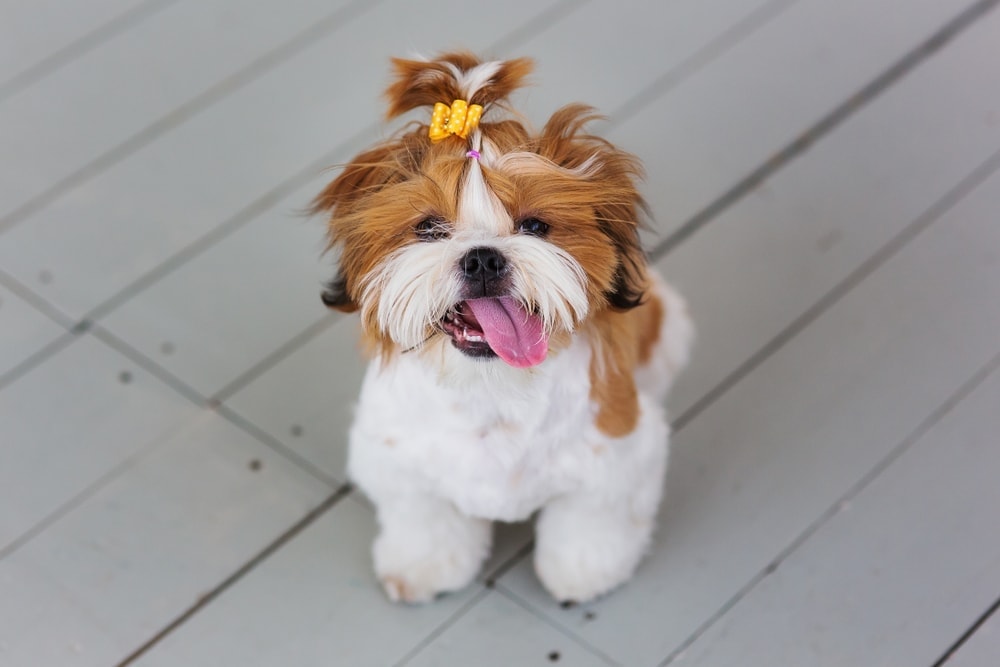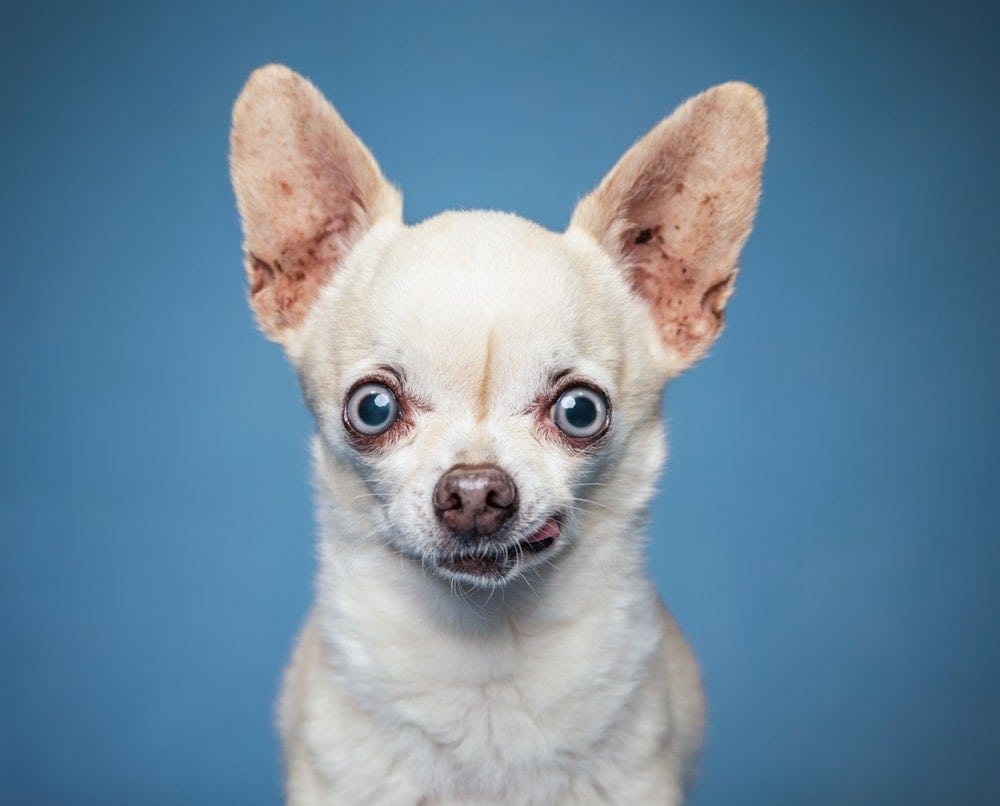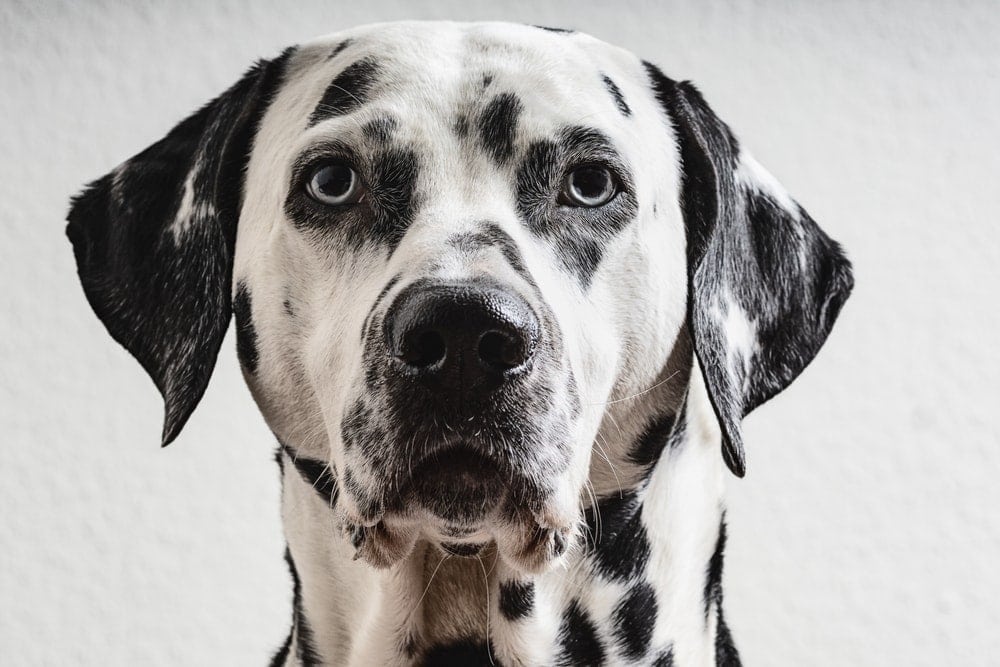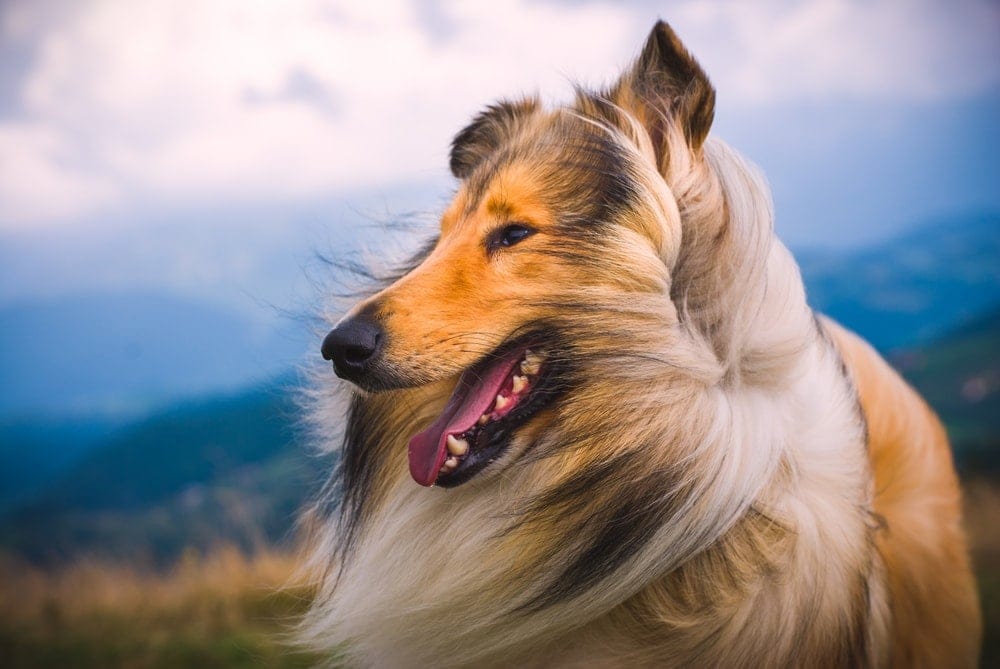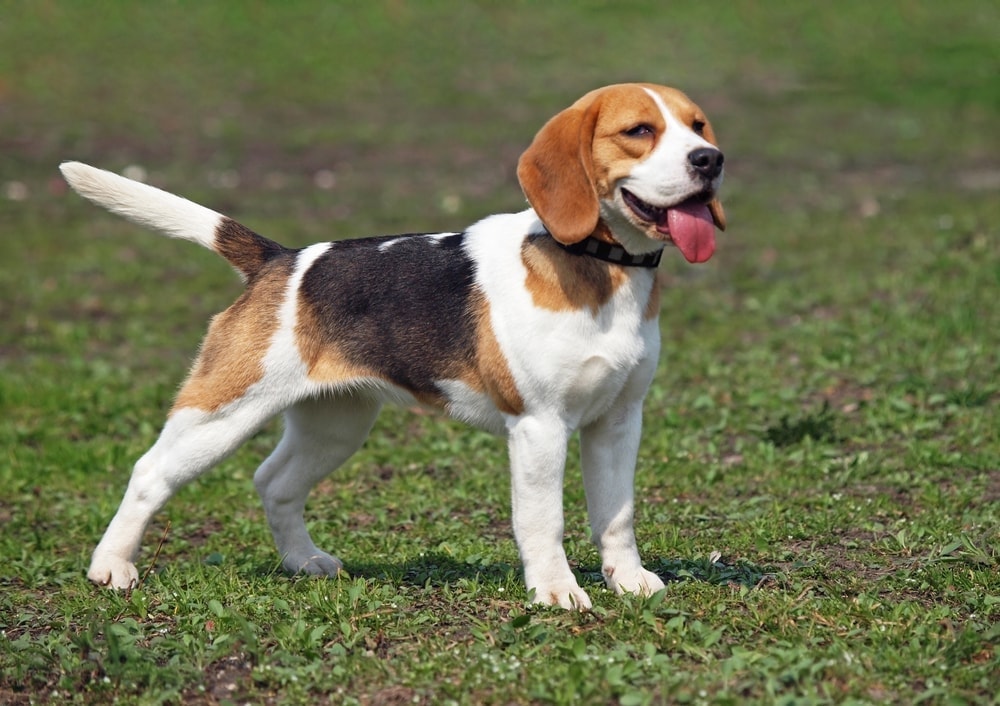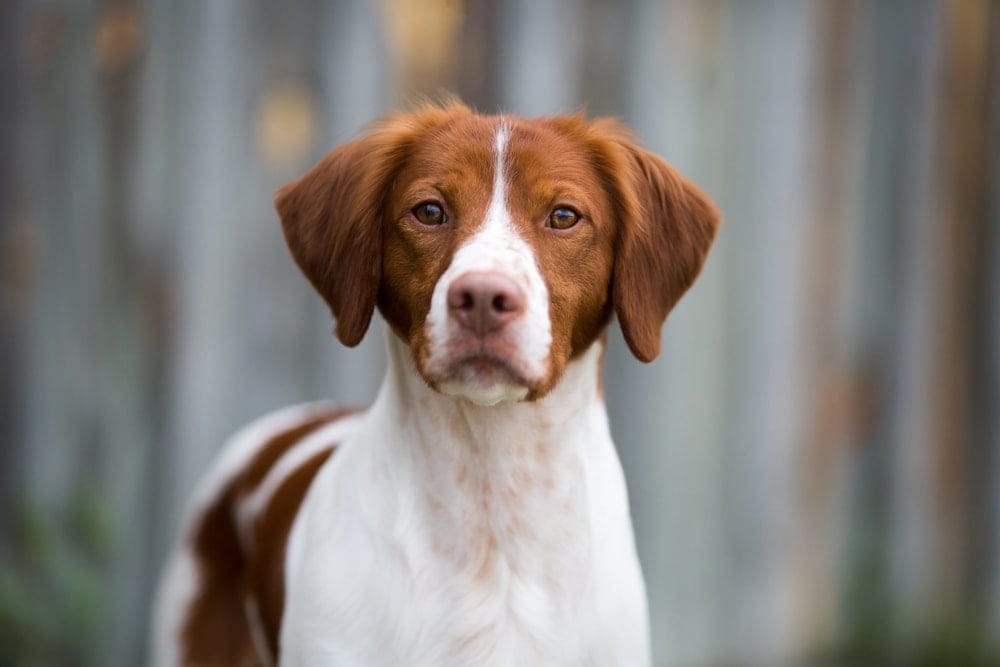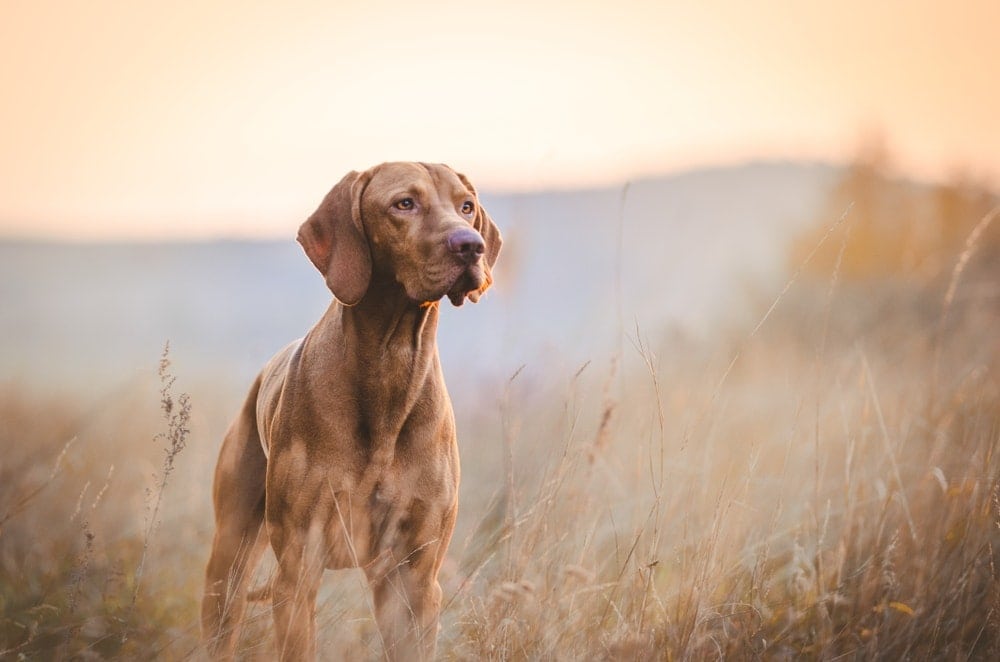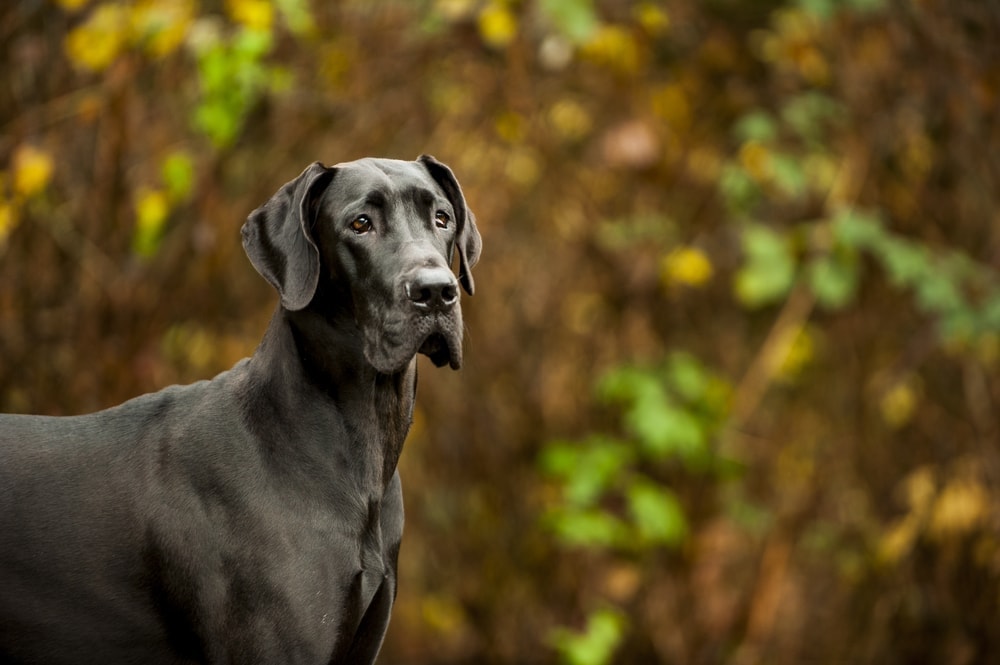A Shetland Sheepdog or Shelty is an amazing breed of dog that was created to herd as well as protect the farmers’ sheep and goats back in the old days. Nowadays, this dog is one of the best indoor and outdoor companion dogs that is also a happy and intelligent friend!
Having a lot of questions before buying a dog shows how responsible owner you are gonna be. Especially if any of your family suffers from allergies.
This article is definitely something you need to read before bringing a Shetland Sheepdog to your house. So let’s figure out if Shetland sheepdogs are hypoallergenic or not.
Are Shetland Sheepdogs Hypoallergenic?
No, the Shetland Sheepdog is not considered to be a hypoallergenic breed. It is not suitable for people with severe allergies to own this type of dog. As well it sheds like a fur machine so you should be prepared to have its hair all over your apartment and clothes.
One of the reasons why it is not good for people with allergies to have this breed of dog is that they shed an incredible amount of fur.
No, the Shetland Sheepdog is not hypoallergenic. This is not a breed that you would want to have if you have medium to severe allergies. The fur and the dander that they produce can trigger a person’s allergies and cause their breathing to quicken and be harder to catch.
Their eyes will also water. Allergies can also cause spots on a person’s skin. But if a person has seasonal allergies that are triggered because of pollen, then they may be able to have this dog.
This breed of dog was born to be outside in the wild. They are incredibly energetic, and they love to interact with other dogs, as well as humans. If you own this dog, it would be best to be a highly active and energetic person who can keep up with your furry friend.
Do They Shed a Lot?
Yes, the Shetland Sheepdog sheds a lot of their fur. They shed every day, and they leave their fur on every surface that they come into contact with. In fact, one of the biggest reasons this dog is given up to shelters and given away on Craigslist is the fur they shed.
They are beautiful and majestic dogs, but their beauty comes with a price. People who do keep their sheepdogs often have covers on their furniture to prevent the surfaces of their couches and beds from gathering fur.
They shed a lot of fur because they have two types of coats: a regular coat and an undercoat. Usually, dogs that have two types of coats shed much more than dogs that have one coat. And they shed even more during the springtime when they are growing in their summer coats.
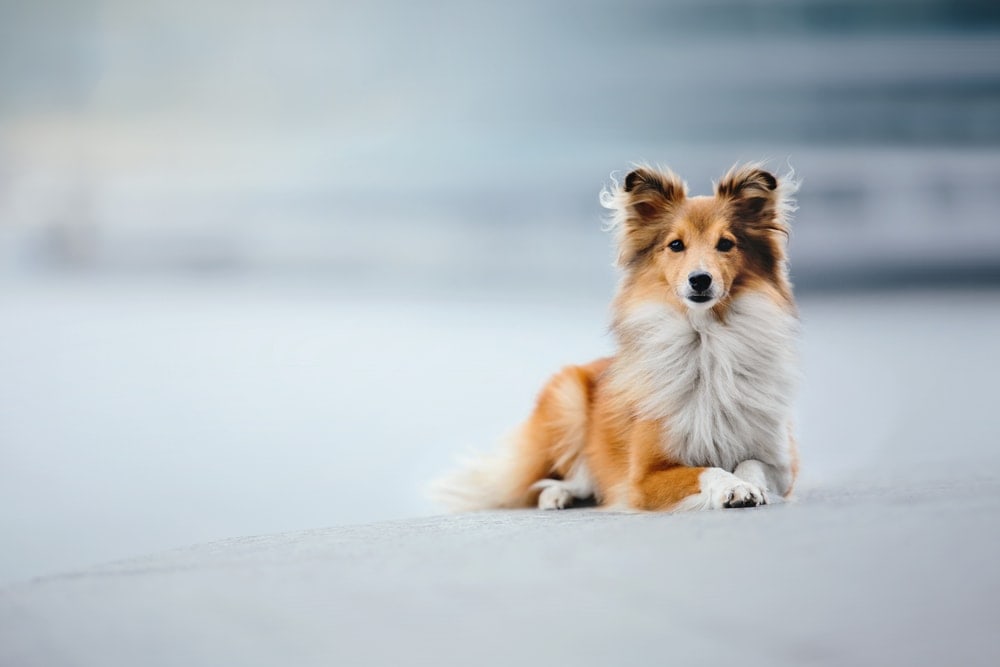
Why Are They Not Considered to Be Hypoallergenic?
There are two important reasons why the Shetland Sheepdog is not hypoallergenic. The first reason is that they produce a lot of dander, and they have a lot of dander trapped in their fur. Dander is a protein found in animal fur, and it is often produced by their skin cells as well.
Every animal that humans regularly have as pets, which means cats, dogs, mice, birds, rabbits, have and produce dander. This means that no animal does not produce dander, which means that they are not 100% hypoallergenic.
But the dander that hypoallergenic pets do produce is not enough to trigger a person’s allergies. But many people react differently to the same level of dander. This is why people with mild allergies can’t have some breeds of non-hypoallergenic pets, while people with severe allergies cannot.
The second reason they are not considered hypoallergenic dogs is because of all the fur they shed. Hypoallergenic dogs tend not to shed excessive amounts of fur. Even if this dog did not produce a lot of dander, fur by itself could trigger allergies.
Living with Shetland Sheepdogs
The Shetland Sheepdog is a breed of herding dog that was bred in the Shetland Islands of Scotland. The original name was Shetland Collie, but this caused debates amongst Rough Collie breeders of that time, so the breed’s name was formally changed. It was first developed by Scottish farmers who crossed the Border Collie with much smaller dog breeds. First Sheltie was brought to England in 1800 and in 1911, the AKC (American Kennel Club) registered its first puppy Sheltie named “Lord Scott”.
This breed is a charming alert watchdog but you should be prepared that they bark a lot. Moreover, their overall facial expression is gentle as well as inquisitive, especially towards strangers.
This breed is easily bored so you need to be prepared to give them heavy exercise. A strong herding instinct can lead to chasing cars, birds, and animals.
Shetland Sheepdogs are quite healthy but there are some health conditions that you should look out for: canine hip dysplasia, von Willebrand disease, hypothyroidism, collie eye anomaly, patellar luxation, cataract, dermatomyositis, hemophilia, progressive retinal atrophy, and epilepsy. To minimize the risk of these illnesses try to buy your puppy from a reputable breeder and check his pedigree and the health conditions of his pet parents.
They need quite a lot of grooming because they have a long coat (black, blue merle, as well as sable) and are famous for shedding a lot. It is recommended to brush their teeth three times a week, clip nails once a month, and brush their hair once a few days.
How to Care for the Fur Shetland Sheepdogs
If you are someone who does not have allergies or only has mild allergies, then you might be able to have a Shetland Sheepdog. There are a few things you must know about their fur. First, it needs to be brushed often.
We always recommend brushing a dog’s fur at least once a day, but this breed requires more work. It is best to brush their hair in the morning after they have woken up. Brushing them in the morning is so you can catch any loose or weak fur strands that are about to break off and gather on your clothes or furniture.
After you’re finished brushing your dog, remove all of their fur from the brush. You may want to wash the brush too if your dog is dirty.
Bathing your dog regularly is another way that you can cut down on the dander they produce. You’ll also be able to remove dander that is built up underneath their fur. These dogs are very large, so bathing them will take an afternoon. If you have a partner, it would be good to take turns bathing your dog.
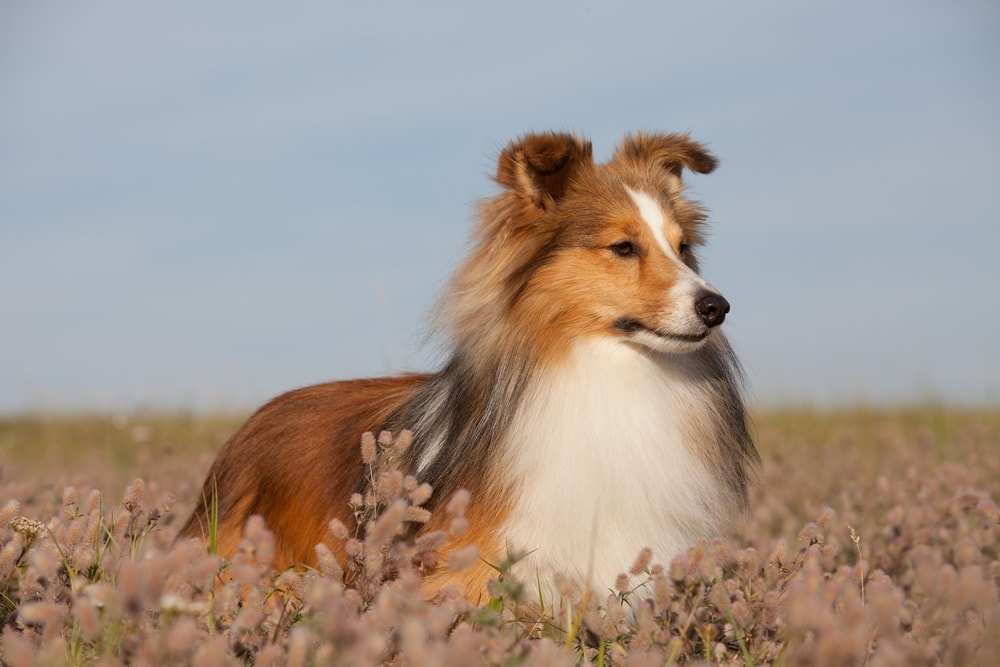
Alternative Dog Breeds that Are Hypoallergenic
The Shetland Sheepdog produces a lot of dander and sheds a lot of fur. This is why they are not hypoallergenic. But there are many different large dog breeds that are hypoallergenic.
Here are a few great alternatives to Shetland Sheepdogs:
- The Afghan Hound – now, here is a dog that can give the Shetland Sheepdog a run for its money when comparing fur length and quantity. This dog has very long hair, but they do not shed a lot.
- The Portuguese Water Dog – this cute dog is a great companion for children who have a lot of energy. Their fur is very curly, but it does not shed, and their skin does not produce a lot of dander. But you will have to make sure their fur is clean and bathe them at least once a week.
- A large poodle – many people think that poodles are only for rich old ladies, and those who think that way are missing out on a wonderful dog breed. They are intelligent dogs who are sociable and gentle.
Conclusion
- The Shetland Sheepdog is not a hypoallergenic dog.
- They produced far too much dander, and they shed everywhere they go.
- Many people who rescue dogs say that this breed is thrown out or given away because of the amount that they said.
- People who have seasonal allergies may be able to make this elder companion
- They have long hair, but their hair can be trimmed and styled a different way to make bathing easier
- There are many other large dog breeds that are hypoallergenic

